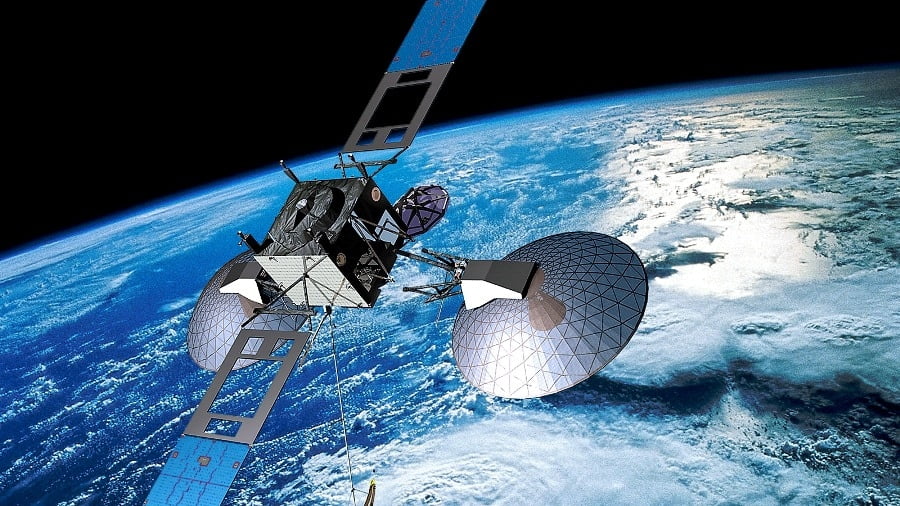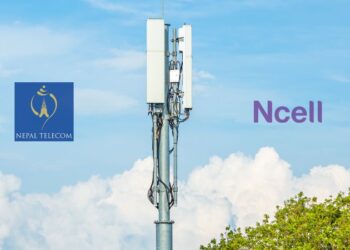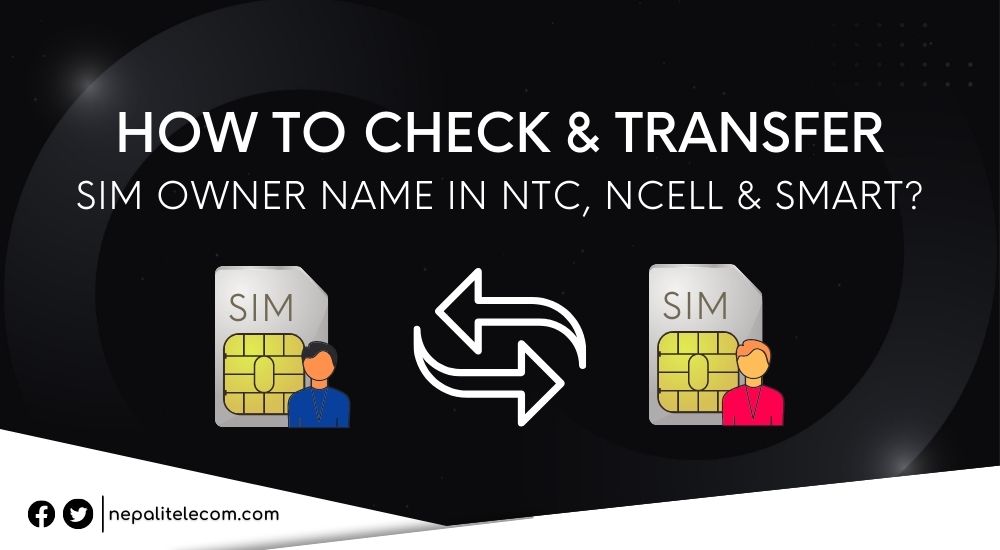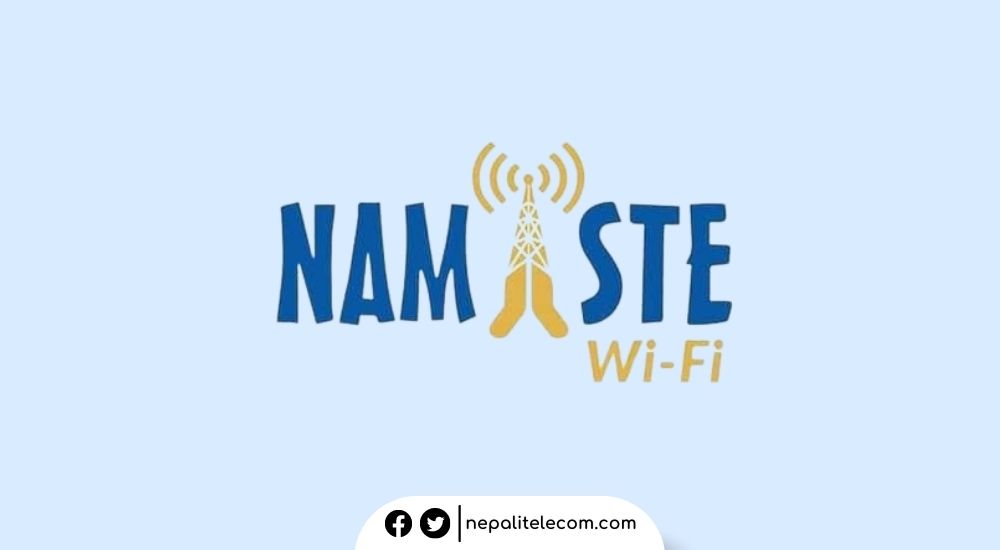Nepal Telecommunications Authority and Thales Alenia Space, France signed on an agreement on providing technical and financial support to Nepal’s willingness of operating and managing its own satellite. They will materialize the agreement details in the coming months. This is a great opportunity for the Himalayan nation to leapfrog in the field of communication. Nepal does not have its own satellite and this has been a hurdle for providing effective telecommunication services.
Nepal has more than 80% of land covered with mountains making it essential to its own communication satellite. All the telecom service providers in Nepal rely on the satellite link from other countries. Although Nepal is set to launch its own satellite with the help of Japan by mid-May, the use of that satellite will be in a different field. NAST is overseeing the launch of this satellite and is expected to operate from late June.
The scope of communication satellite in Nepal
Although our country does not have its own satellite, the service providers are using satellite from other countries. There is no doubt that having its own satellite will be beneficial for the nation. Some of the scope of having a communication satellite can be
- Many service providers in Nepal from broadcasting and telecommunication sectors, rely on Communication Satellite to provide their services.
- International satellite bandwidth costs more money compared to having own satellite.
- Satellite demand is increasing in the application like DTH, Cable heads, and other fields.
- A satellite is a good alternative for communication in places where fiber cable and microwave links are not feasible or difficult.
- DTH service has been growing largely in the region and there is an availability of paid channels along with licensed services are available form other countries as well.
- Satellite bandwidth becomes essential in providing rural internet along with cellular/mobile networks (2G, 3G, 4G).
A communication satellite is an artificial object in the space that uses a transponder to relay and amplify the radio communication signals. The main job of this satellite is to create a communication channel between the transmitter or source and receiver. The receiver can be located across different places on earth. The communication satellites are widely used by television, radio, telecommunication and military based organization. There are more than 2000 communication satellites used by different governments and private organizations. The communication satellites are mostly geostationary, meaning they are immovable on their orbit. This satellite can communicate with the satellite dish antenna on the earth which points towards the direction of the satellite in the sky.
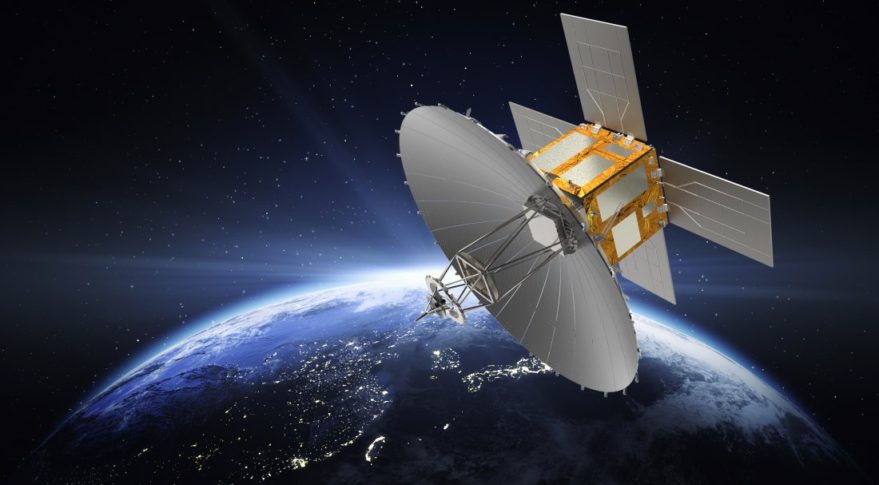
ITU Allocation for Nepal’s own satellite
The International Telecommunication Union (ITU) has reserved an orbital slot for Nepal. The ITU has assigned 50 degrees east and 123.3-degree orbital slots for Nepal. The 50 degrees east orbital slot includes 12 channels in the band 11.7-12.2 GHz in space to earth direction and 14.5-14.8 GHz in the earth to satellite direction. The 123.3 degrees east orbital slot includes 500 MHz in Ku-band (10.7-10.95 GHz, 11.2- 11.45 GHz in space to earth direction and 12.75-13.25 GHz in the earth to satellite direction.)
Although the orbital slots were reserved by ITU for Nepal since long, Nepal was not able to utilize this allocation. The main reason for this was the lack of resources and technical support. However, now Nepal can use the opportunity to advance its telecommunication capabilities using this satellite. Right now, Nepali telecom operators use satellite services from countries like Thailand, Malaysia, Japan, and Hong Kong.
The deal between Nepal and France
Thales Alenia Space and Nepal Telecommunication Authority agreed to work together for the awaited launch of Nepal’s own satellite on 9 March 2019. The two sides will finalize the deal in June 2019 during the PM K.P Sharma Oli’s visit to France. The MoU includes an agreement for two projects worth Rs 50 billion. The satellite project costs in the range of 20 billion. Eric Imbert, Sales Vice President of Thales Alenia Space feels privileged to have been selected for the project. The main mission of this project is to make high-speed internet access throughout the country. This, in turn, will act as a medium for improved services like e-governance, telemedicine, e-learning, information technology, disaster management and much more.
Nepal’s Information and Communication Minister Goku Baskota visited France from 3 – 8 Mar 2019. During his visit, Baskota and his French counterpart inked the agreement. The agreement states that Nepal will receive Financial and Technical support in improving the telecommunication services with Nepal’s own satellite to launch in 2022. Both governments have agreed upon to prepare Detailed Project Report within three months and start the work. Nepali telecommunication sector can improve service delivery after the launch as long as they use Nepal’s own satellite. However, they must still rely on international service providers for three more years.
What can we expect from Nepal’s own satellite?
The launch of the satellite will be a new milestone in the field of telecommunication for Nepal. Nepali telecommunication sector can benefit from this as they can now rely completely on their own satellite. The government itself can utilize from having its own satellite as well. The government entities can link data between government facilities, improve education and medical services whereas the private sector can benefit equally as well. With the increased popularity of HDTV services, the DTH service providers can look forward to grabbing the opportunity. However, the wait is still not over for at least three years. As per the MoU, the satellite launch will take on 2022 only. The future looks bright for the telecommunication as well as broadcast services.


